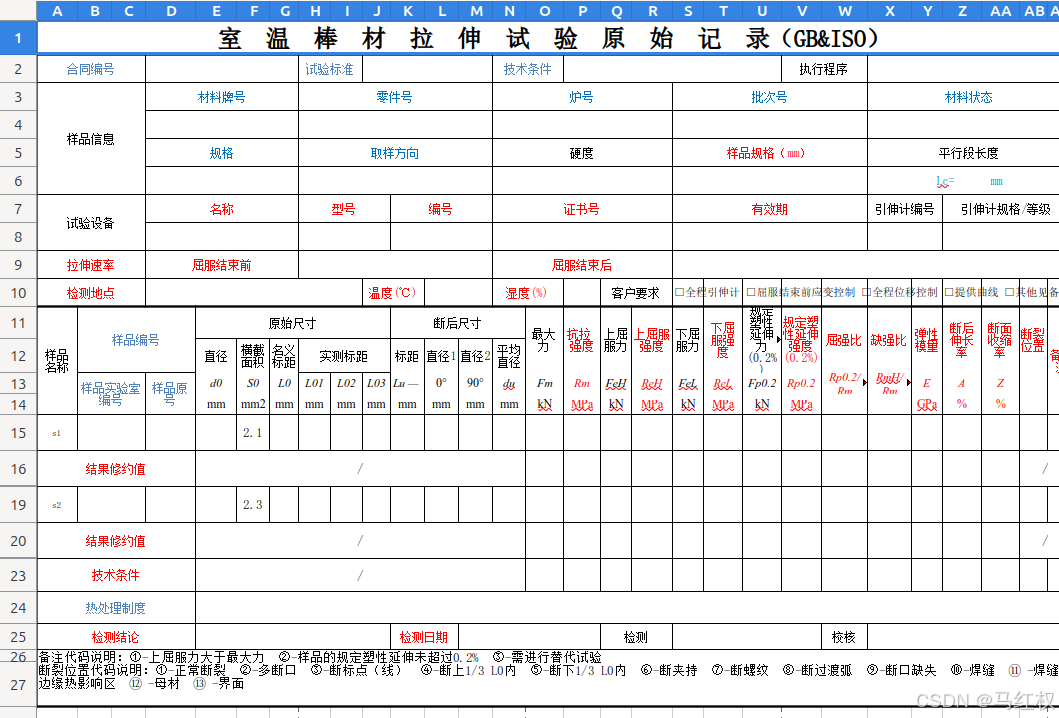在Android中创建自定义的属性(Android property)通常用于调试、性能调优或传递应用和系统之间的信息。

以下是如何在Android中创建和使用自定义属性的步骤:
1. 定义属性
在Android中,属性是以“属性名称=属性值”形式定义的键值对。属性名称通常以“persist”或“sys”开头,以便在重启后保存或仅在运行时使用。
- 命名约定persist.<your_property>: 重启后保留。sys.<your_property>: 仅在当前运行周期有效,不会在重启后保留。
2. 修改属性权限文件
Android属性的权限管理是通过/vendor/etc/init/hw/init.rc或/system/etc/init/hw/init.rc中的.rc文件来实现的,文件中包含了哪些用户可以读/写特定的属性。
添加自定义属性的权限
- 在
.rc文件中查找property_contexts文件位置。 - 在
property_contexts文件中,添加新属性的上下文,例如:
persist.myapp.custom_property u:object_r:system_prop:s0
这里persist.myapp.custom_property是自定义属性名称,u:object_r:system_prop:s0是属性的安全上下文。
3. 设置属性值
可以通过setprop命令在终端设置属性值,或在代码中通过android.os.SystemProperties类进行操作。
使用终端设置属性值
setprop persist.myapp.custom_property "your_value"
使用代码设置属性值
Android中的SystemProperties类仅在系统或特权应用中可用。示例如下:
import android.os.SystemProperties;public class PropertyUtils {public static void setCustomProperty(String value) {SystemProperties.set("persist.myapp.custom_property", value);}public static String getCustomProperty() {return SystemProperties.get("persist.myapp.custom_property", "default_value");}
}
4. 读取属性值
可以使用getprop命令或通过代码读取属性值。
使用终端读取属性值
getprop persist.myapp.custom_property
使用代码读取属性值
String customValue = SystemProperties.get("persist.myapp.custom_property", "default_value");
5. 重启设备验证
由于一些属性(如persist前缀的属性)会在设备重启后持久化,可以在设备重启后检查这些属性的值,以验证是否正确配置。
示例总结
public class PropertyUtils {// 设置自定义属性public static void setCustomProperty(String value) {SystemProperties.set("persist.myapp.custom_property", value);}// 读取自定义属性public static String getCustomProperty() {return SystemProperties.get("persist.myapp.custom_property", "default_value");}
}
# 设置属性
setprop persist.myapp.custom_property "HelloWorld"# 读取属性
getprop persist.myapp.custom_property
注意事项
- 仅在系统应用或具有特权的应用中,才能访问SystemProperties类。
- 使用自定义属性需要小心,错误的属性配置可能影响系统行为。



















